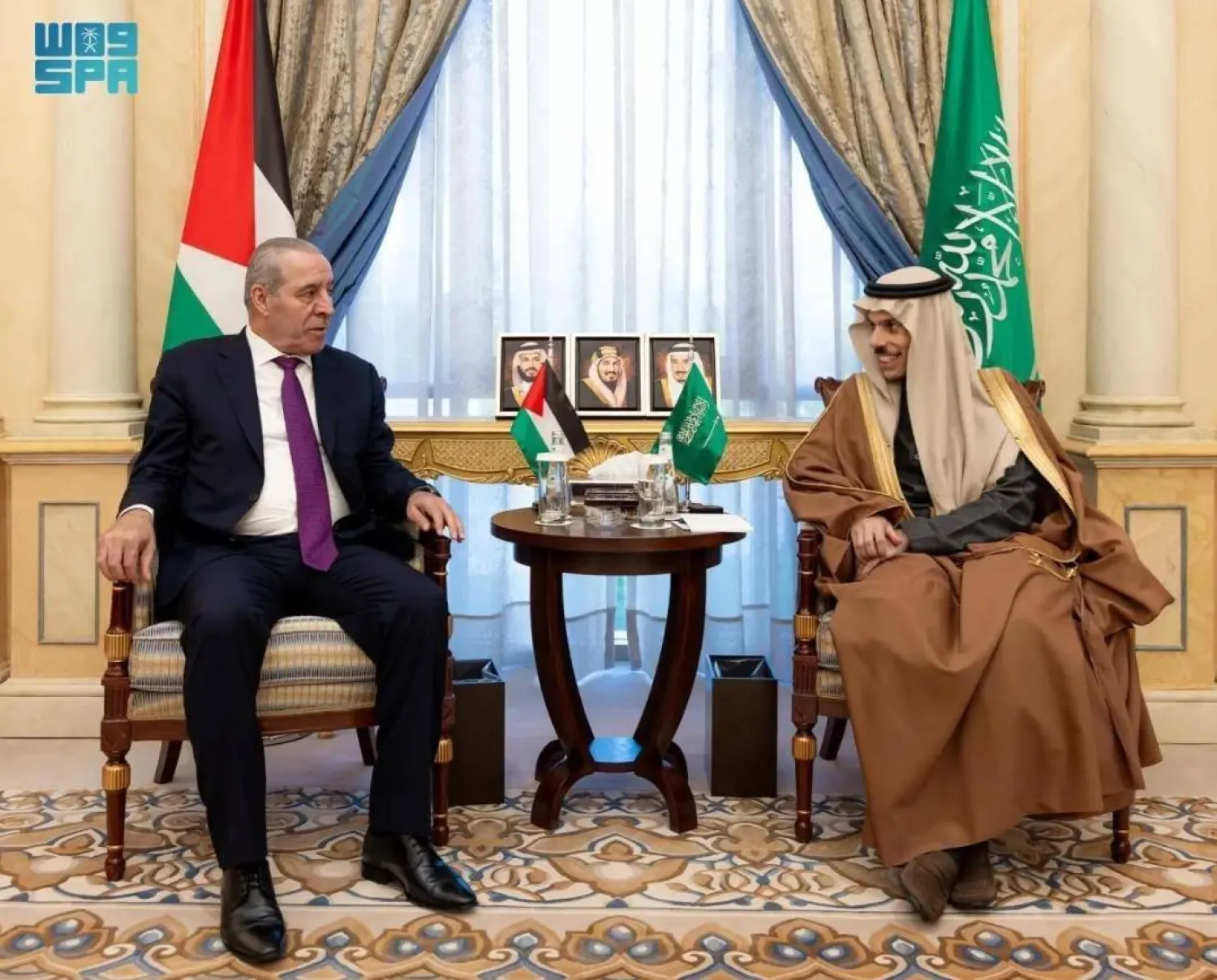Oman’s Sultan Haitham bin Tariq and UAE President Sheikh Mohamed bin Zayed Al-Nahyan discussed on Monday strengthening bilateral relations and cooperation to serve mutual interests and meet the aspirations of their peoples for development and prosperity.
The Sultan of Oman has arrived in the UAE on a state visit. He was received by Sheikh Mohamed bin Zayed at the Presidential Airport in Abu Dhabi.
The two leaders then headed to Qasr Al Watan, where they reviewed regional and international issues of common interest.
The two sides tackled relations between the two countries, mainly economic investments and trade areas, which have witnessed significant advancement in recent years.
They also addressed joint Gulf action in light of the challenges the region is witnessing and highlighted its importance in achieving the mutual interests of Gulf Cooperation Council countries and their peoples while bolstering regional security and stability.
At the meeting, the two leaders then discussed several regional and international issues of common interest, most notably the developments in the Middle East and the efforts to contain tensions and prevent escalation.
They addressed the need for self-restraint to spare the region from new crises that affect all and hinder cooperation and development for the benefit of its peoples.
“Relations between the UAE and Oman are historical and characterized by a unique social and cultural fabric distinguished by close family ties, good neighborliness, and effective cooperation and integration,” Sheikh Mohamed bin Zayed said.
“I ask God Almighty to have mercy on the late Sheikh Zayed and the late Sultan Qaboos, who established an original approach in building strong fraternal relations fortified by goodwill and wisdom,” the Emirati President said.
He underscored his confidence that social cohesion between the UAE and Oman represents a firm foundation upon which the two countries can continue to build exemplary relations.
Sheikh Mohamed bin Zayed noted that economic relations are an important and supportive path for bilateral cooperation and have witnessed continuous development over the years, culminating in various economic and strategic partnerships in many fields.
“The UAE and Oman maintain ambitions to continue exploring and developing economic opportunities for the benefit of the two countries and peoples,” he added.
The President then stressed that joint Gulf action will remain an impenetrable fortress in the face of regional and global developments and challenges.
He said the UAE believes in the principle of collective action and solidarity in a way that preserves the interests of Gulf Cooperation Council (GCC) countries, enhances its regional and international role, meets the aspirations of its peoples for continued progress and prosperity, and supports regional and global peace and stability.
For his part, Sultan Haitham bin Tariq expressed his satisfaction with the constructive strategic partnership between Oman and the UAE, which represents a new and promising chapter for strategic investment projects and close cooperation in various fields.
He praised the role of both countries’ officials in achieving a shared vision of cooperation on the ground by beginning to implement joint projects in strategic sectors, especially in the field of renewable energy, and launching a railway project to connect the Sultanate of Oman to the UAE train network, in addition to strengthening electrical interconnectivity, among other initiatives.
During their meeting, the two leaders witnessed the signing of several memorandums of understanding and agreements which span a wide range of sectors, including investment, renewable energy, sustainability, railways, technology, and education.









